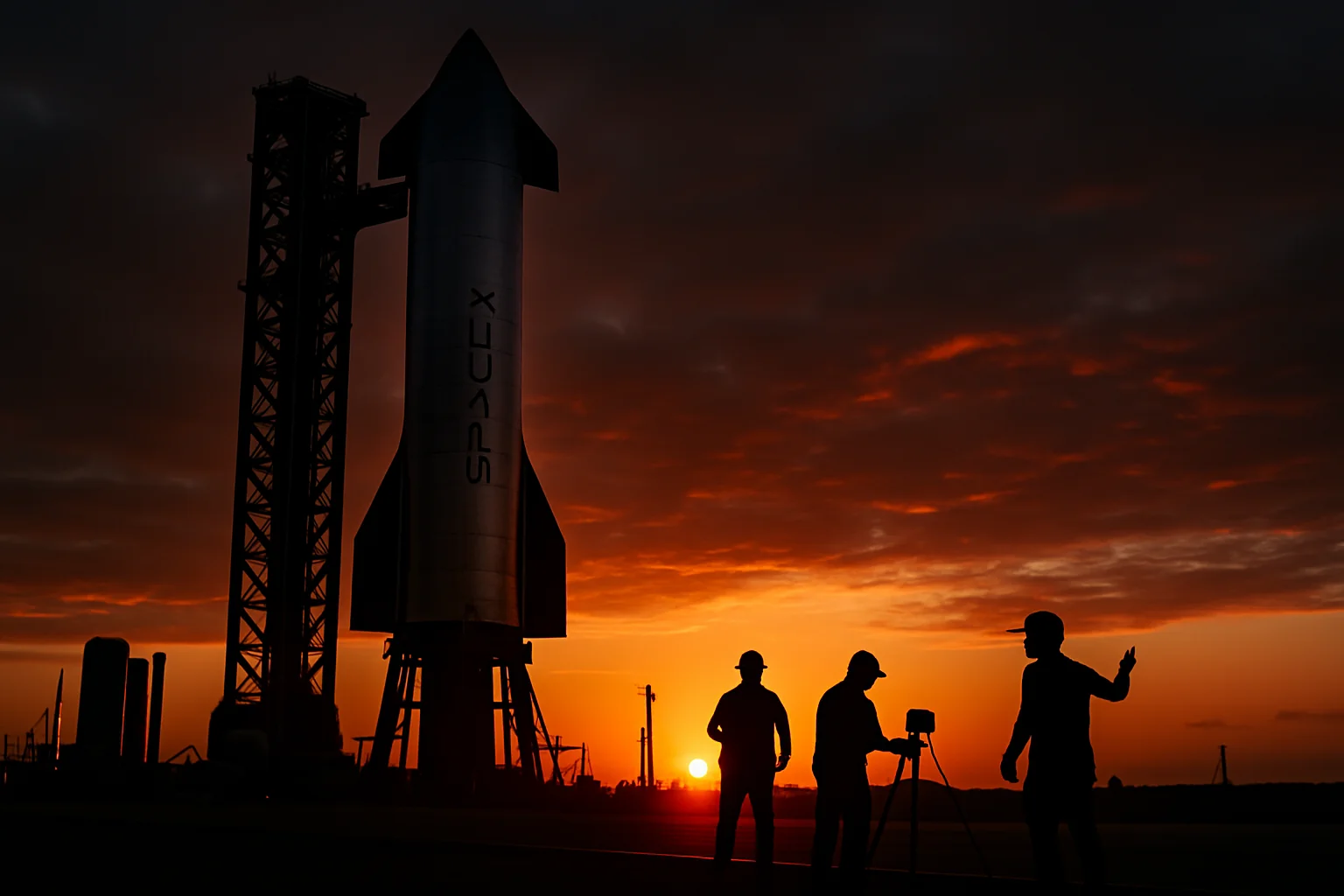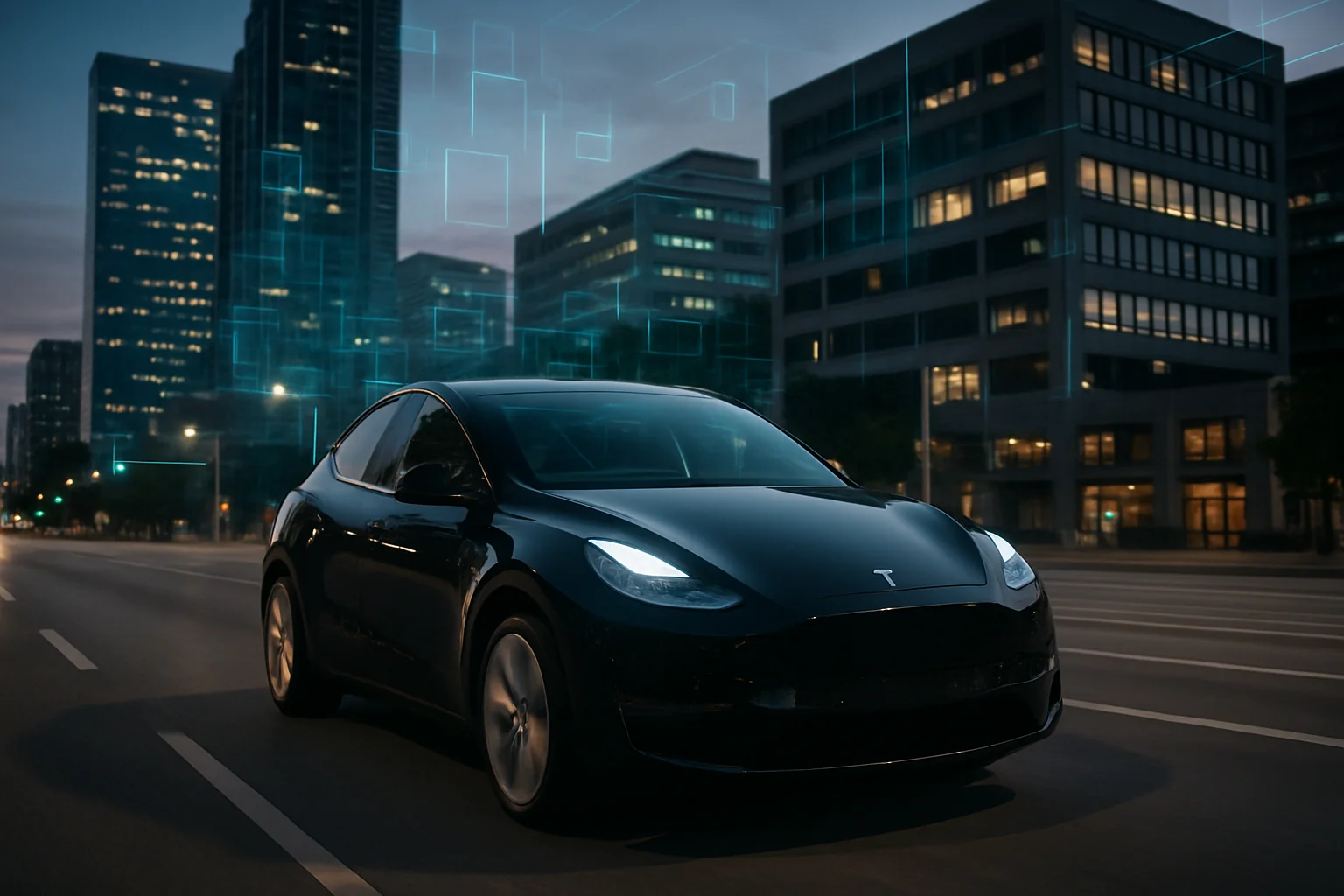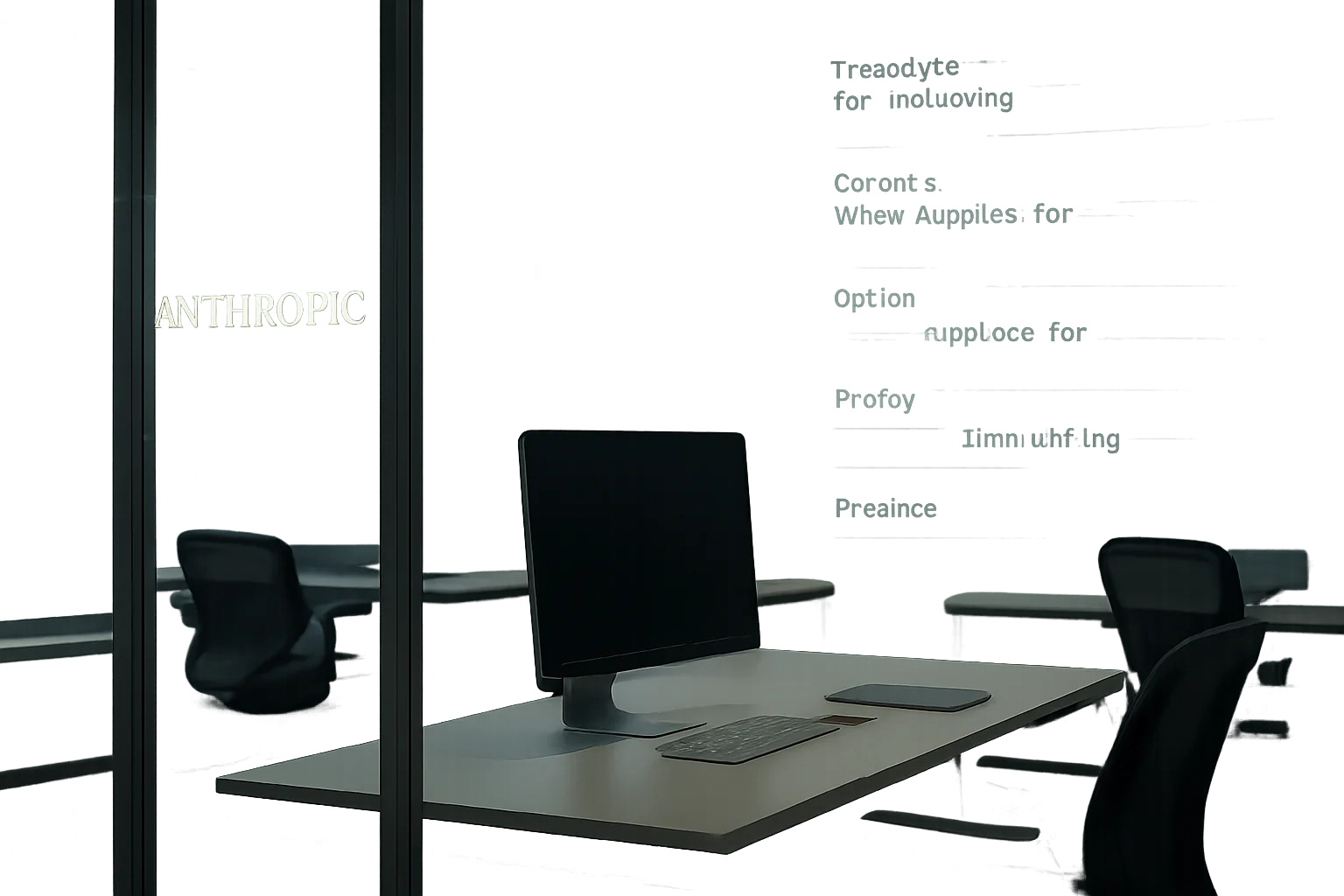Just hours before the ninth test flight of SpaceX's Starship, CEO Elon Musk spoke with Ars Technica about the company's progress and the challenges ahead. Musk, who has recently shifted his focus back to SpaceX and away from politics, highlighted the significance of the upcoming launch for the future of space exploration.
Focus on Data and Innovation
Musk emphasized that each Starship launch is primarily about gathering data. "The most important thing is data on how to improve the tile design," he explained. The high-heating, re-entry phase is especially critical, as it provides insights into how the vehicle's heat shield tiles perform under extreme conditions.
SpaceX is conducting numerous experiments during this flight, including:
- Testing different coatings on heat shield tiles
- Experimenting with various fabrication and attachment techniques
- Varying the gap fillers used between tiles
These experiments aim to refine the Starship's design and ensure its durability for future missions, particularly those targeting Mars.
Addressing Engine Bay Issues
One of the key concerns from previous flights has been explosions in the upper stage engine bay. When asked if these issues have been resolved, Musk responded, "I feel like we've got an 80 to—I don't want to tempt fate, I was going to say 90—but we've got about an 80 percent chance of having solved those issues." He noted that achieving complete confidence would require further design iterations on the engine.
Musk revealed that part of the problem stemmed from bolts attaching the thrust chamber to the injector head loosening after firing. This allowed fuel and gas to mix in unintended ways, leading to engine explosions. "It only takes a tiny amount of fuel and oxygen combining in a bad spot to explode the engine," Musk explained.
Looking Toward Mars
Musk reiterated his long-term vision: "Once you have the transportation system to Mars, then there’s a vast set of opportunities." The data and lessons learned from each Starship test bring SpaceX one step closer to making interplanetary travel a reality.




